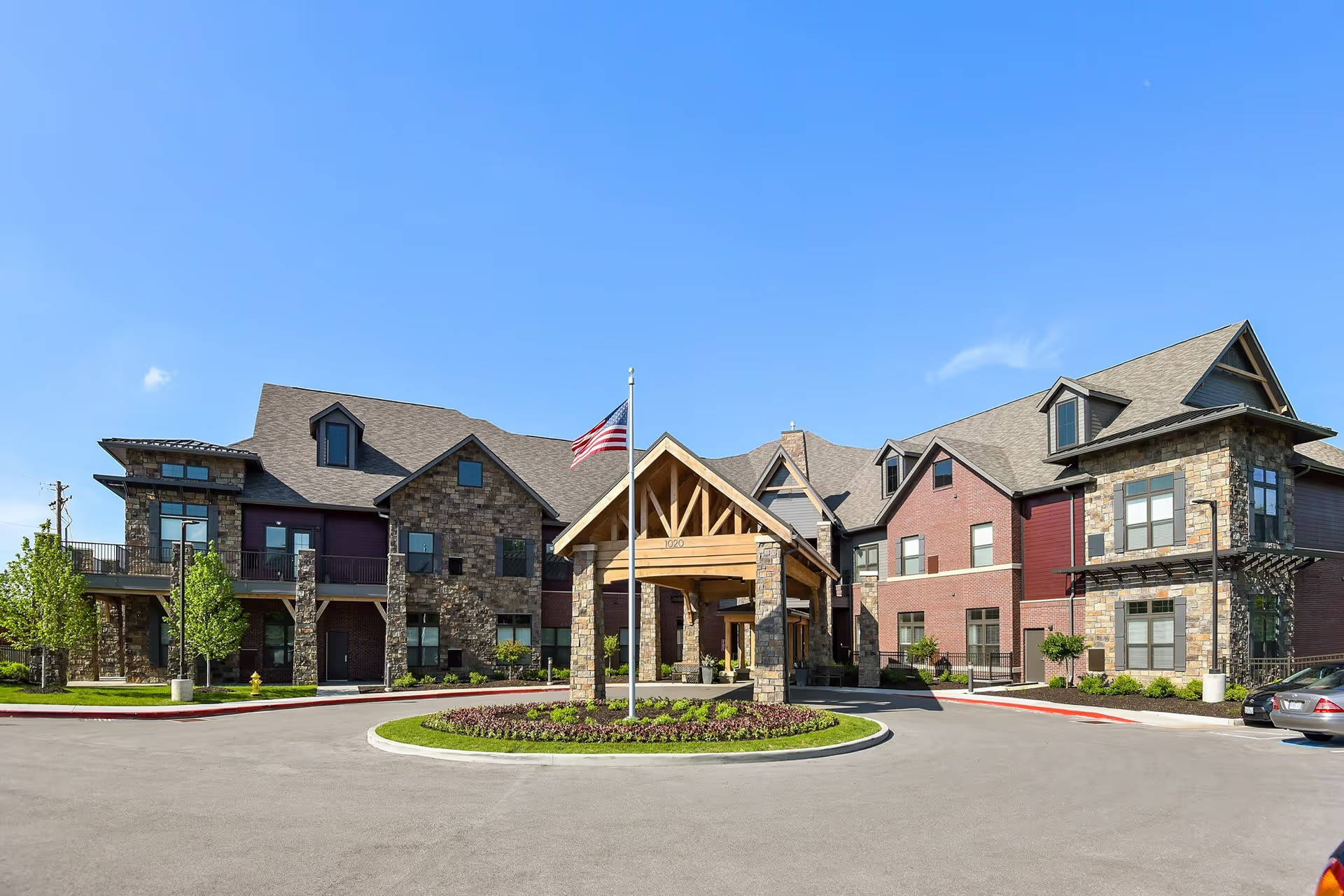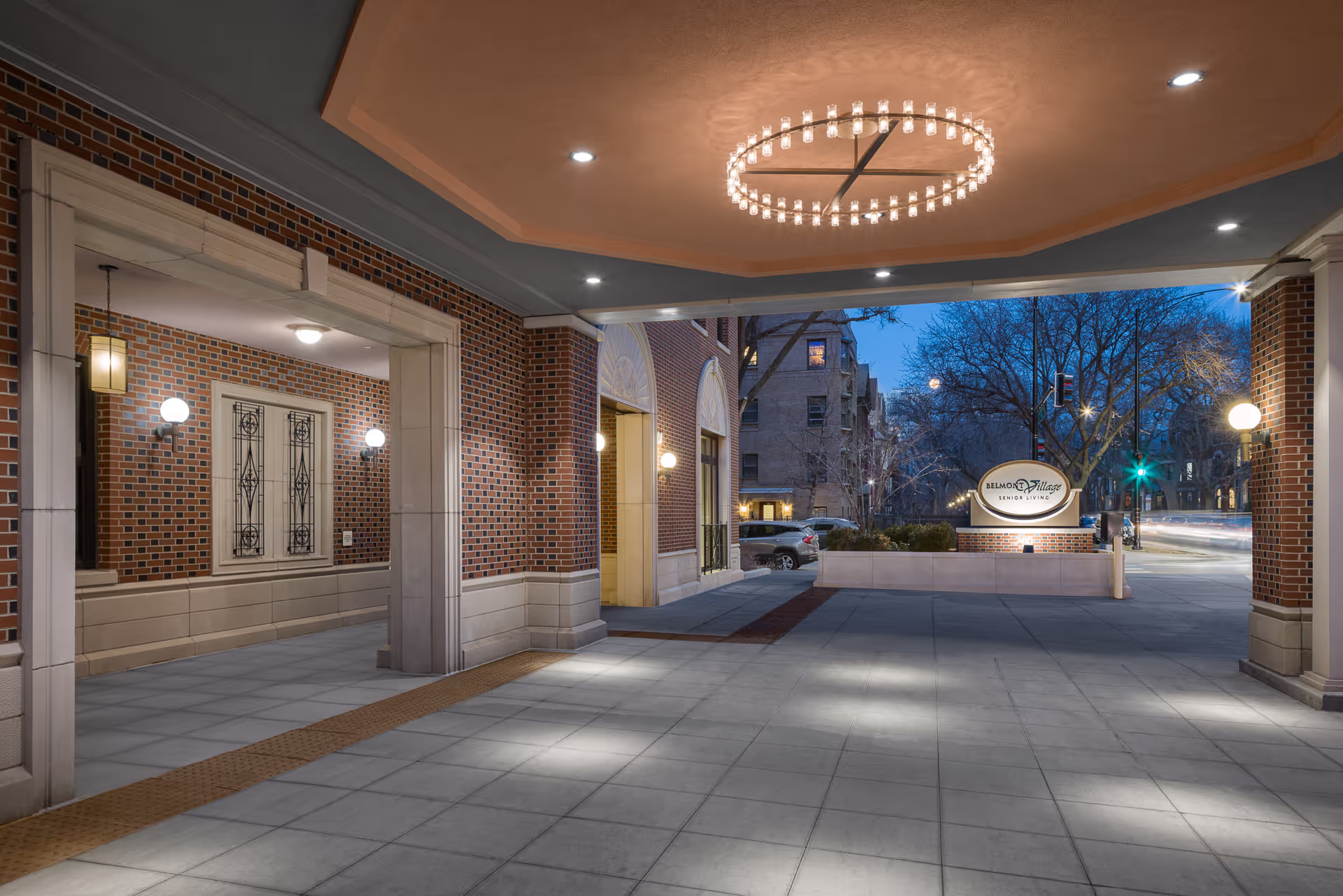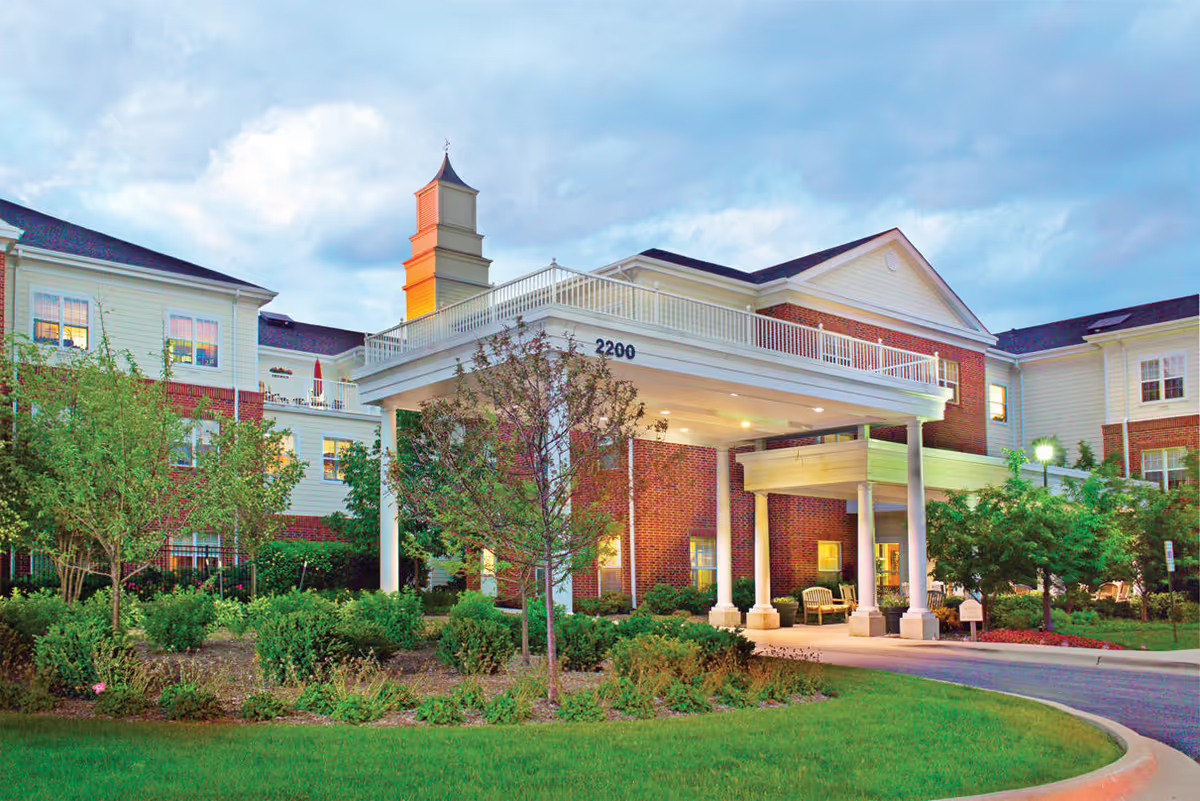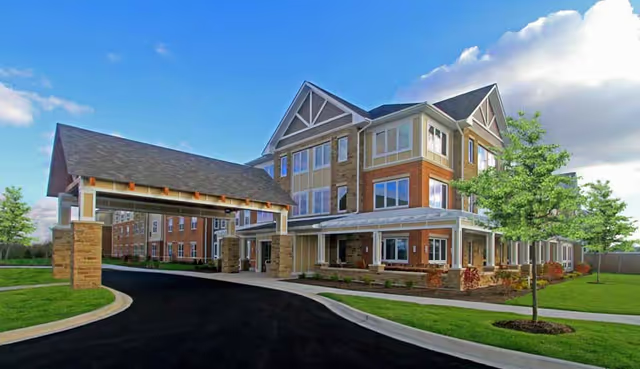Overall impression: The reviews of Columbia Healthcare Center are strongly polarized. A substantial subset of reviewers offer high praise: compassionate nursing staff and CNAs, a highly regarded therapy department (physical and occupational therapy), engaging activities, and management or business-office staff who help with paperwork and insurance. These reviewers cite concrete positive outcomes — successful short-term rehabilitation, regained mobility after surgery, timely medication administration, emotional support during hospice or final days, and clean, recently updated rooms. At the same time, a significant number of reviews allege serious problems: staff sleeping on duty (particularly at night), neglectful care (unanswered call lights, long waits, patients left in soiled diapers), bed sores/open wounds, full catheter bags left unattended, and accusations of abusive or unprofessional behavior. The presence of videos, BBB complaints, and calls to shut the facility down are recurring themes in the negative reports.
Care quality and clinical outcomes: Many reviewers emphasize excellent therapy services and effective short-term rehabilitation outcomes. Multiple people explicitly said the therapy team was “second to none,” and described residents regaining independence and mobility. Several reviews report consistent med administration, timely checks, and attentive clinical care that supported recovery or comfort in final days. Conversely, other reviews describe severe clinical neglect: chronic wounds, pressure injuries, missed or delayed attention during emergencies, and claims that doctors and nurses were not checking on patients. This split suggests inconsistency in clinical quality — positive experiences exist, but there are repeated allegations of serious lapses that could indicate problems during certain shifts or with particular staff.
Staff behavior and staffing patterns: The staff narrative is highly mixed. Positive comments describe kind, compassionate CNAs and nurses who go above and beyond, build family-like relationships with residents, and provide emotional as well as physical care. Activity staff and some administrative employees are singled out as supportive and welcoming. However, there are numerous, specific allegations that staff sleep while on shift (including reports of sleeping in closets, at the nurses’ station, and in day rooms), take excessive breaks (smoke breaks), ignore call lights, and fail to change soiled linens or diapers. These accounts often include statements that employees are “there for the money” or are unprofessional. High staff turnover is reported, which could contribute to inconsistent care and chronic understaffing. Taken together, the pattern points toward variability by shift and by individual caregiver.
Management, responsiveness, and reputation: Some reviewers praise an involved management team and an executive director presence, and say business-office staff help navigate insurance and Medicaid. Several accounts describe a new management team actively making improvements (fresh paint, flooring, better lighting, and decor), and families who felt supported through paperwork and hospice coordination. In contrast, other reviewers claim management ignored serious complaints, did not act when problems were reported, and focused on money over resident welfare. There are references to BBB complaints, videos circulating online, and calls for official investigations or facility shutdowns. These conflicting perspectives raise concerns about consistency in leadership response and complaint resolution.
Facility, cleanliness, and environment: Multiple reviewers describe recent interior updates and generally clean, inviting rooms with appropriate sizes and privacy features; some explicitly praised the facility’s appearance and front-door security. Yet an equally strong group of reviews report foul odors (urine smell), extremely soiled linens, dirty diapers left unaddressed, and overall unhygienic conditions in certain areas. This suggests uneven environmental services — some wings or shifts may be well-maintained while others are not.
Dining, activities, and resident life: Activity staff are frequently praised for creating an engaging, welcoming atmosphere and making the place feel less institutional. Many residents and families appreciate the programs and social interactions. Dining receives mixed feedback: some reviewers note a good variety of food and acceptable meal routines, while others complain about poor food quality. Privacy concerns are mentioned in a few reviews regarding shared bathroom setups.
Notable patterns and credibility notes: A recurring theme is the stark polarization of reviews — many extremely positive and many extremely negative. Some negative reviewers allege that online praise may include fake reviews or come from disgruntled former employees, which complicates interpretation. The presence of videos, BBB complaints, and explicit calls for shutdown are serious red flags in the negative accounts and warrant verification. Several complaints focus specifically on night-shift behavior, which could indicate time-of-day variability in quality.
Conclusion and suggested next steps: Reviews indicate that Columbia Healthcare Center has clear strengths — notably its therapy department, some compassionate direct-care staff, engaging activities, and instances of supportive management and business-office help. However, repeated, specific allegations of neglect, staff sleeping on duty, soiled linens/diapers, bed sores, and unresponsiveness are serious and cannot be ignored. Prospective residents or family members should treat these polarized reports as a signal to do careful, targeted due diligence: read state inspection and complaint reports, ask management for staffing ratios and turnover statistics, request documentation of wound care and pressure-ulcer prevention protocols, visit multiple times including evenings/nights, ask to speak with current families, and verify recent corrective actions taken by administration. The mixed pattern means some residents experience very good care, while others report dangerous lapses — verifying current conditions and management responsiveness is essential before placement.







